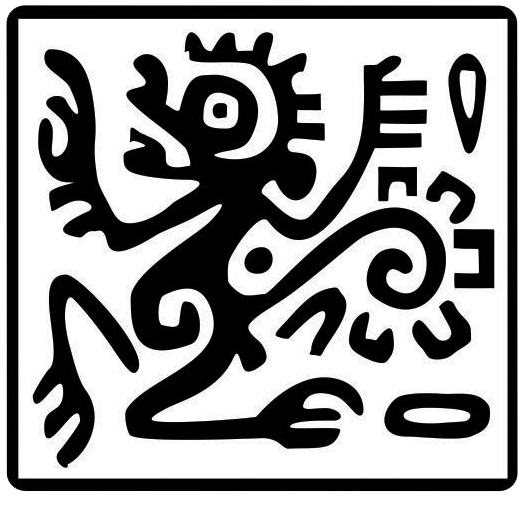Macroscopic morphology of the male genitalia of Caenolestes caniventer (Caenolestidae: Paucituberculata)
Abstract
The anatomy of the penis in the Paucituberculata has received little attention. The only treatise addressing the genitalia and prostate in this group of marsupials comes from a century ago. The present work describes the macroscopic morphology of the male genitalia of the gray-bellied shrew opossum, Caenolestes caniventer, a structure that can be useful in the taxonomic, reproductive, and evolutionary fields. The genitals were removed (n = 2) through a basal incision during the taxidermy of specimens and preserved in a 90 % alcohol solution. In the laboratory, genitals were prepared following eversion protocols and stained to highlight the structures. The penis and its structures were described. The penis has a long-wide glans with two distinctive prongs at distal end. A medium spermatic groove extends to the prongs. The prongs are 1.6 times longer than the glans, relatively cylindrical and striated, progressively tapering to a hook-shaped distal tip. Prong length and penile spines may be key to reproductive efficiency. We hypothesize that the family Caenolestidae generally displays similar penis shapes, with differences between species. These results are useful in taxonomic, reproductive, and evolutionary fields.
Copyright (c) 2022 Therya Notes

This work is licensed under a Creative Commons Attribution-NonCommercial-NoDerivatives 4.0 International License.
THERYA NOTES is based on its open access policy allowing free download of the complete contents of the magazine in digital format. It also authorizes the author to place the article in the format published by the magazine on your personal website, or in an open access repository, distribute copies of the article published in electronic or printed format that the author deems appropriate, and reuse part or whole article in own articles or future books, giving the corresponding credits. The Creative Commons CC BY-NC-SD license is used.![]()










